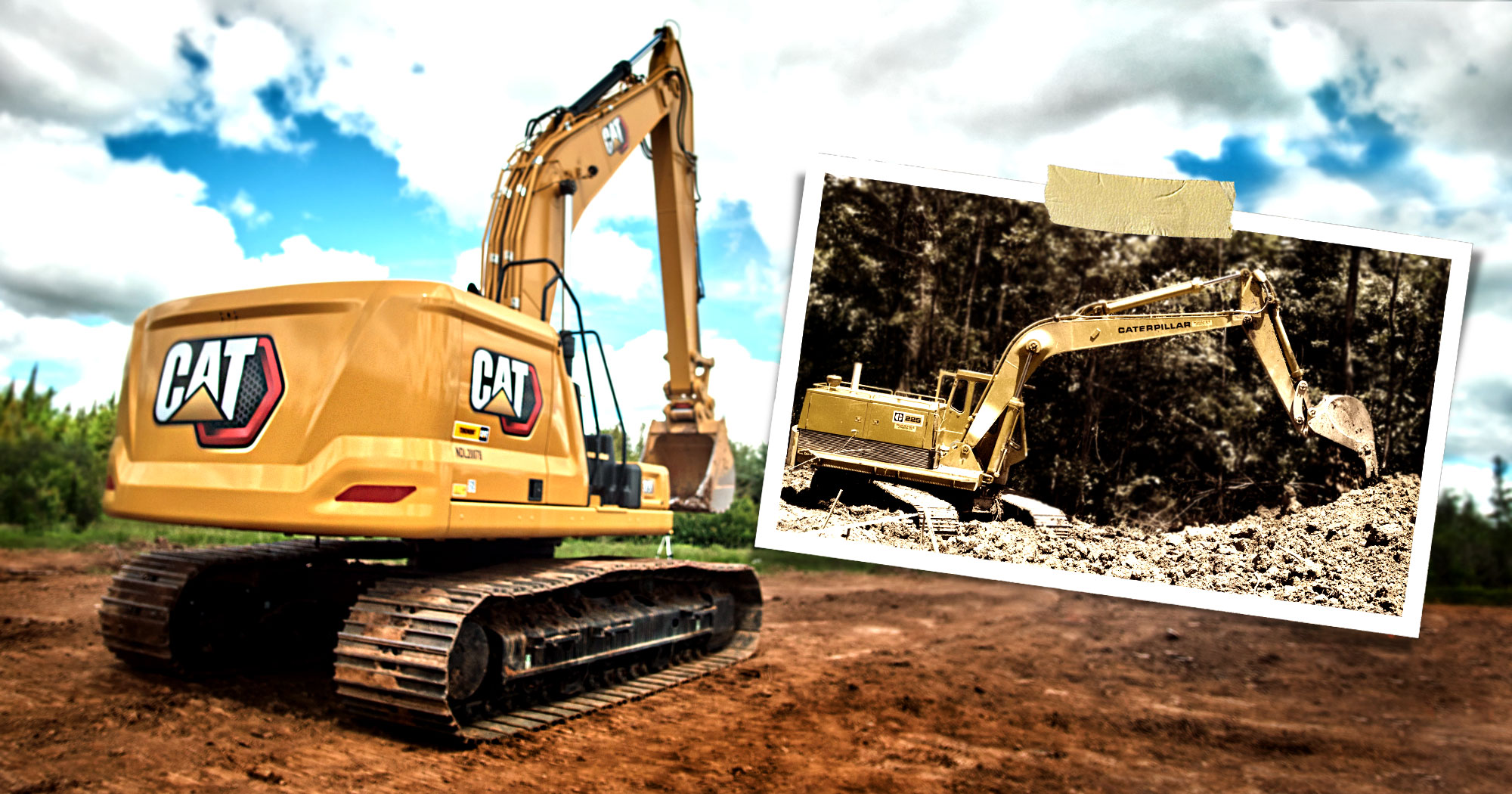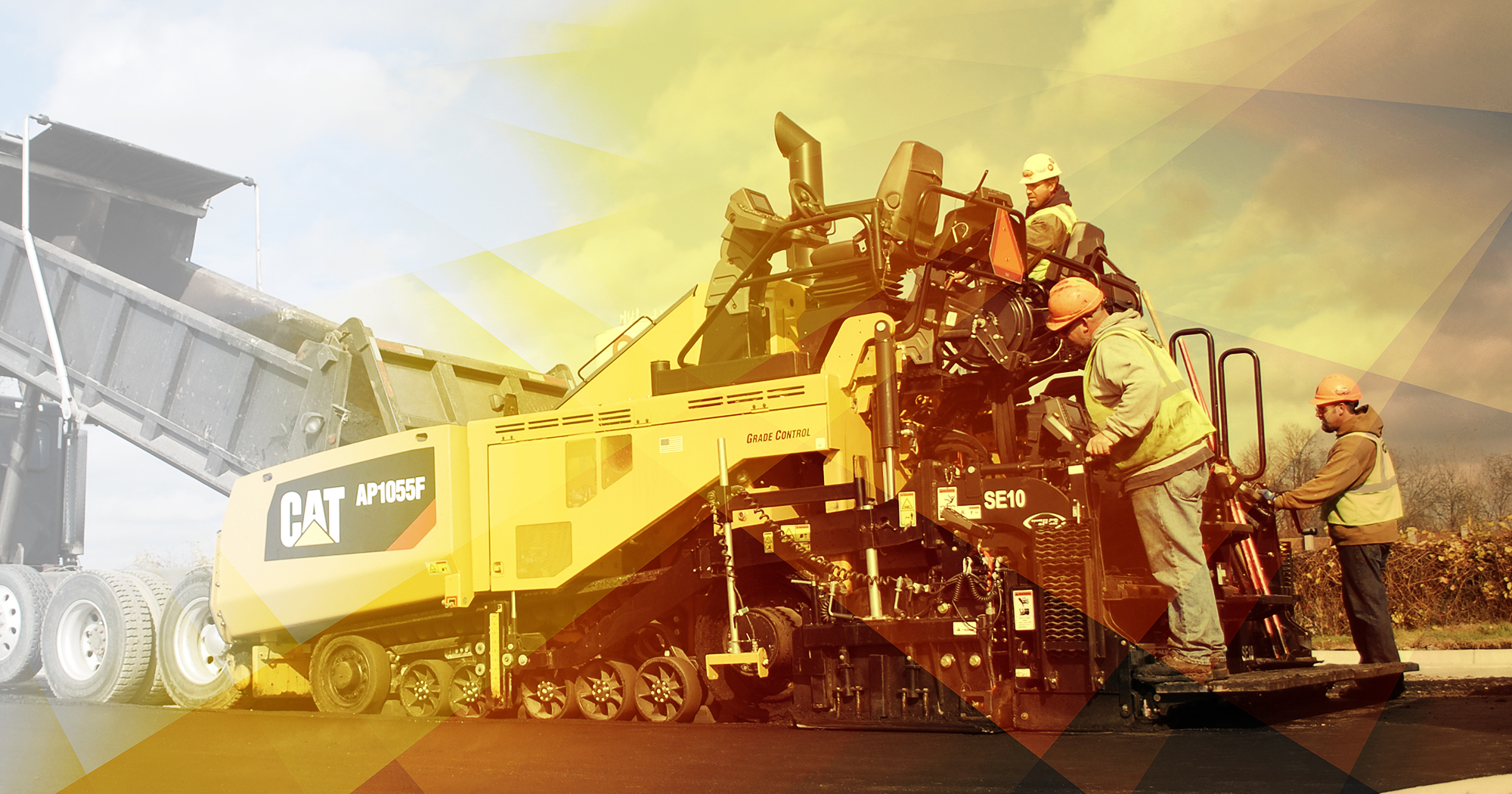
The paving industry is undergoing substantial growth. Driven by the necessity of keeping our roads in good repair and by government incentives even during the pandemic, the sector has been keeping very busy. “Our roads and parking lots are subject to extreme temperature shifts and anyone who drives our roads across this great nation can feel the results,” says Toromont paving specialist Steve Gostis.
An industry on the rise
According to Gostis, there is upward momentum in the paving industry and new practices are taking hold. “We are seeing new trends in certain areas especially here in Ontario where the season is being extended from years past. There are many customers taking advantage of the milder temperatures through the winter months and utilizing the nicer days to tackle paving projects during times we previously would have not.” These projects and less seasonal downtime are keeping crews working and off the employment insurance system.
The labour challenge
Labour in the paving sector has become an issue, just as it has in the broader construction industry. Finding qualified personnel to fill the positions of aging crew members that are close to retirement is currently the biggest problem. “The construction industry in general and specifically the paving side does not have an abundance of new blood coming in to be trained, so most crews consist of seasoned veterans,” says Gostis. Paving is not a 9 to 5 job. The days are long and scheduling is subject to the elements. “Also the thought of only working 8 or 9 months of the year and having to rely on the employment insurance for the off months is another drawback.” Even if extended work seasons in some areas will help employers retain staff, Gostis thinks the availability of openings needs to be promoted among young people, especially at school career days.
Technology on the march
Over the years, as with heavy equipment, paving technology keeps getting better and better.
Key systems new to the market include displays that provide operators with a range of information they can monitor throughout the day. “Items like paving speeds, vibration values, and material height values for the screed operators help to regulate the proper flow of materials and in turn produce the desired finished smooth product,” says Gostis. Grade and slope systems that measure the paving surface and correct imperfections allow crews to attain rideability and smoothness requirements. Rollers equipped with systems to measure impacts per foot give operators a frame of reference for what settings they should run to ensure they are achieving proper compaction. The rollers are also equipped with front- and rear-facing heat sensors to monitor rolling temperatures as well as for meeting the tight specs of each job.
The fundamentals of asphalt paving
The functioning of the paver provides a window into the fundamentals of asphalt paving. The machine is designed to place a given paving-mix formula over an irregular grade while meeting specifications for grade, smoothness and texture. To consistently meet these demanding standards, every phase of the job takes planning. “From grade conditions and proper machine selection to managing materials being delivered to the job site, there are a hundred variables to consider and plan for,” says Gostis. When used with proper paving techniques, grade and slope systems assist crews in maintaining thickness and/or slope of the mat being laid. They use strategically placed sensors to measure the paving surface and average out the highs and lows of the grade to create a flat mat surface. “With the demanding specifications laid out in most jobs, the need for these systems is an absolute must,” Gostis says.
Compaction 101
Successful compaction is all about achieving a required density of the asphalt mat based on thickness and temperature. The temperature of the material, the ambient temperature and the knowledge of the tender zone in which the compaction timeline has to be completed by each machine all comes into play. “You have to know the machines and the proper settings for each machine to hit your targets,” says Gostis. “Regulating the amplitude and frequency settings for the steel drum roller along with roller speed to obtain proper impacts per foot based on thickness and mat temperature plays a vital part of the process.” Knowledge of pneumatic rollers using the proper air pressures based on thickness and also factoring in the temperature for the tender zone is needed to achieve optimum compaction and density. Rolling patterns, proper sizing of each machine to allow for maximum production and paving speed, all of it has to be factored into the equation to allow the compaction process to happen.
Asphalt, a material in evolution
Check out our paving selection online


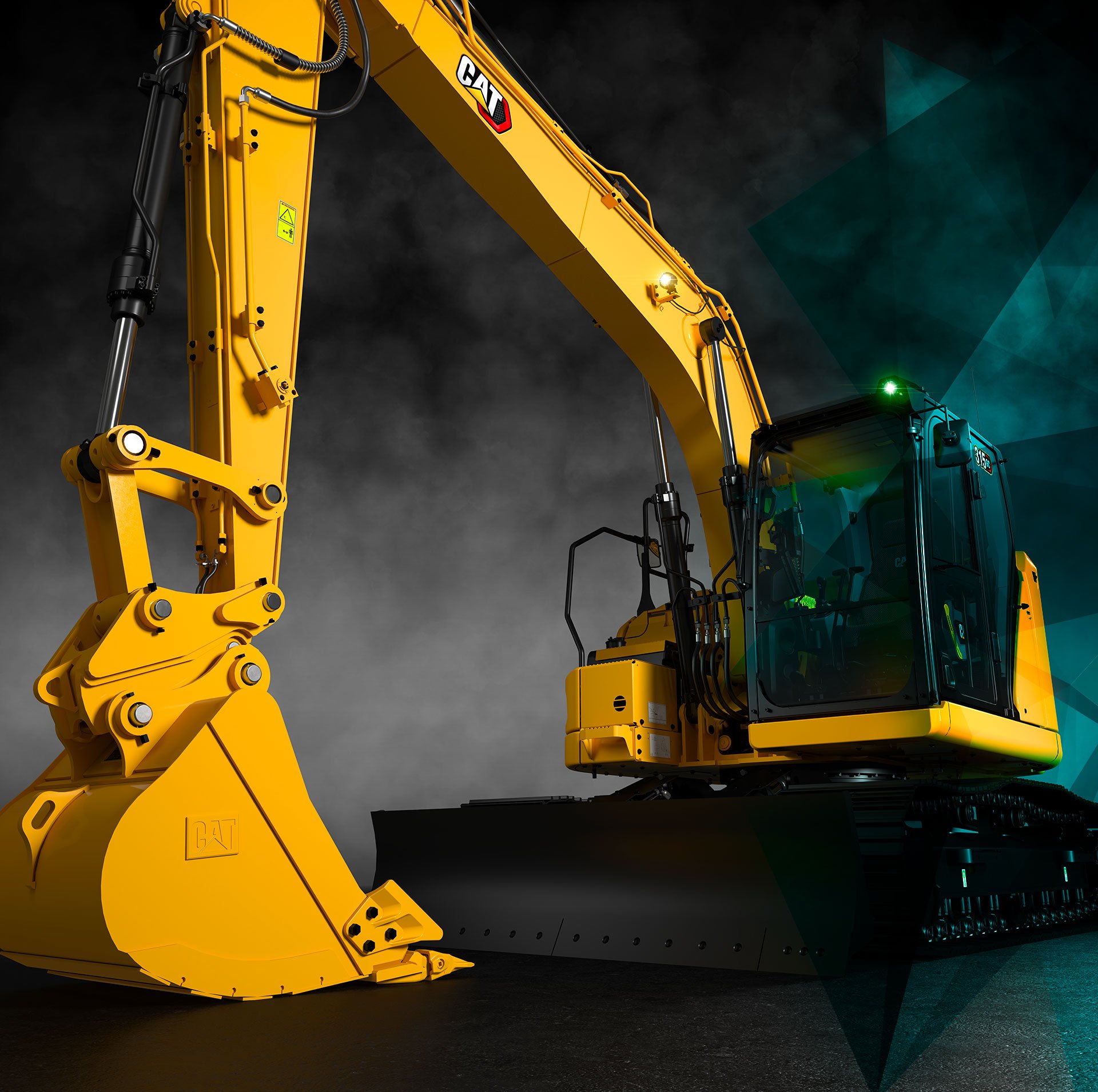

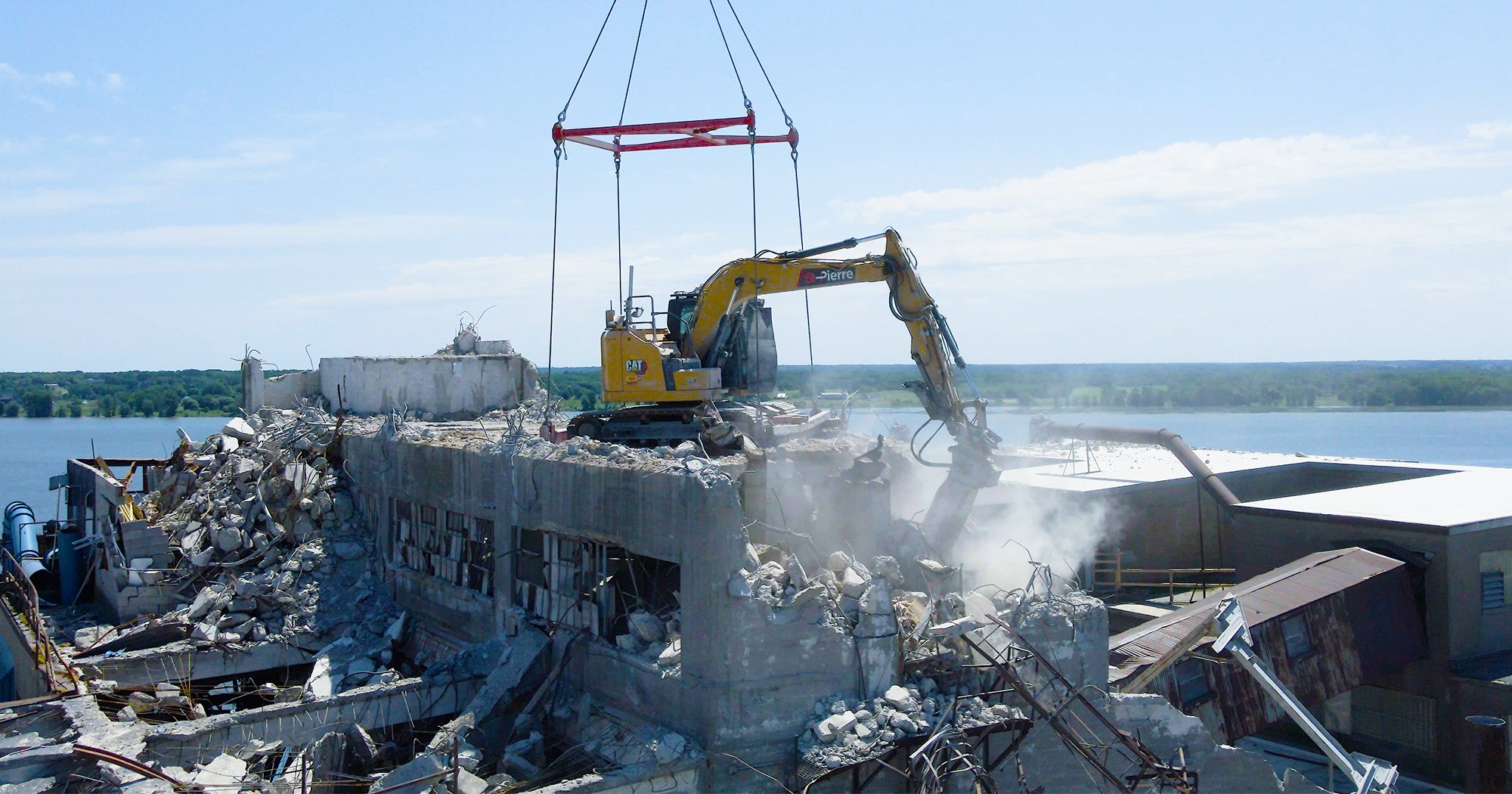
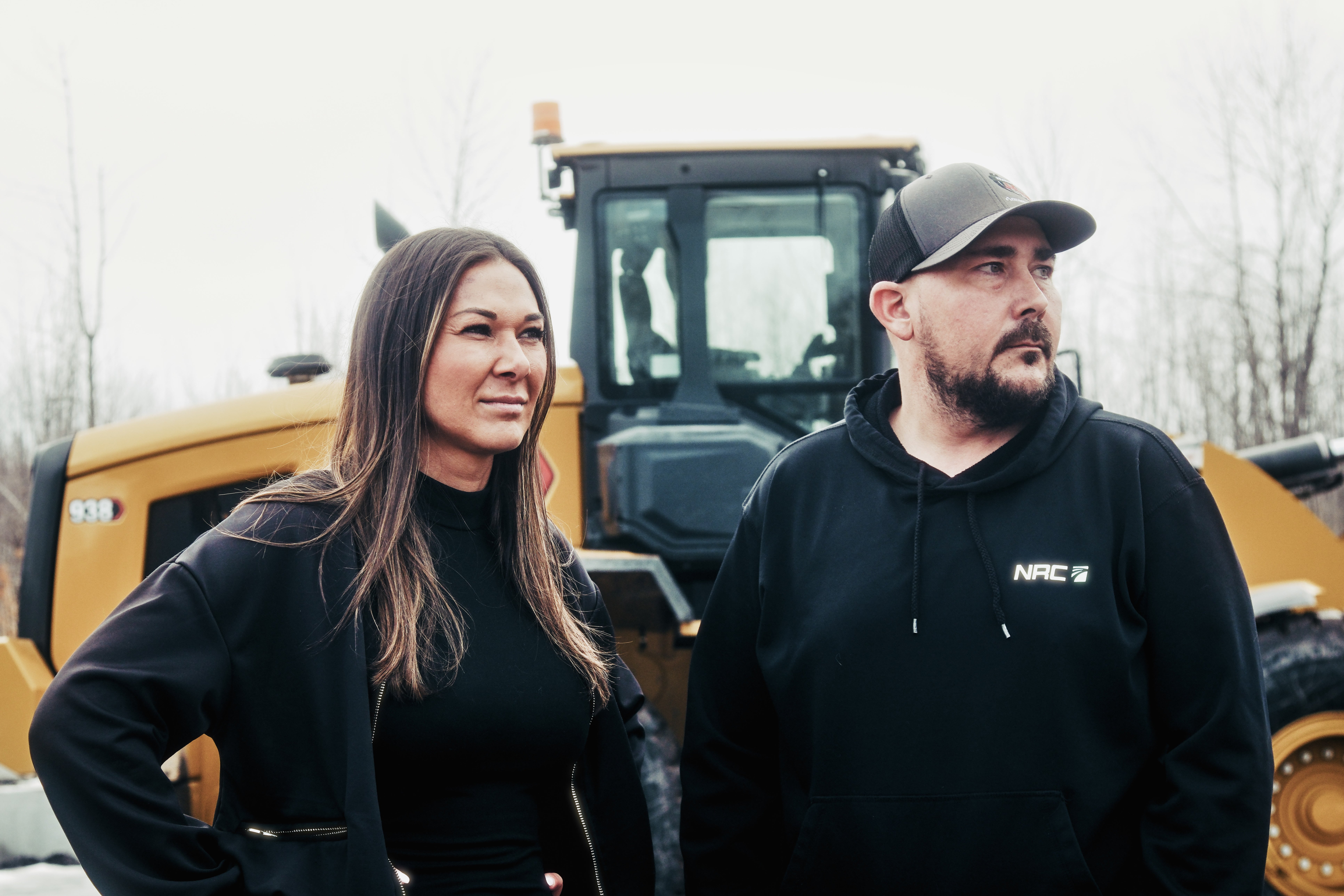
.png)
